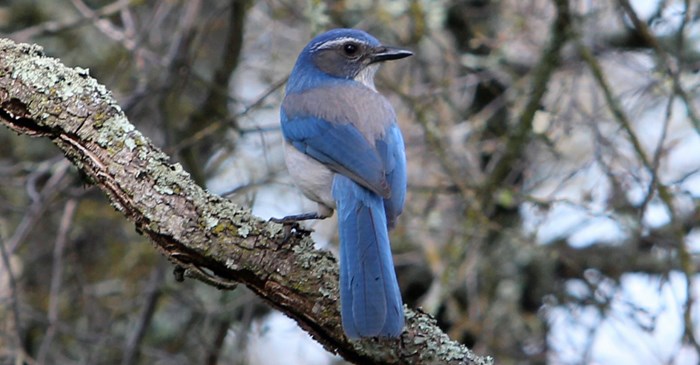As environments across the world evolve, scientists continue to be concerned about the extinction of entire animal species. And the aviary world is far from immune.
In North America alone, we’ve lost approximately three billion birds spanning 303 declining species over the past five decades. And when any animal becomes extinct, its loss can have a profound effect on the food chain and the balance of its native ecosystems.
“We often call it the food web, although it encompasses many more factors than just diet,” explains Jennifer Bove on Treehugger.com. “The living web, like a tapestry, is held together not by tacks or glue, but by interdependence. Plants and animals (including humans) depend on each other as well as microorganisms, land, water, and climate to keep our entire system alive and well."
The loss of bird species is particularly troublesome to conservationists since bird survival is considered an indicator of the overall quality of our ecosystems. As a result, they’re taking steps to counter both general threats to birds (invasive species, habitat loss, etc.) and more species-specific threats.
Here are 20 birds on the “tipping list” that are relatively easy to identify due to their coloring, shape, or behavior. They’re among 39 species that could lose 50% or more of their populations in the next half-decade if conditions go unchecked.
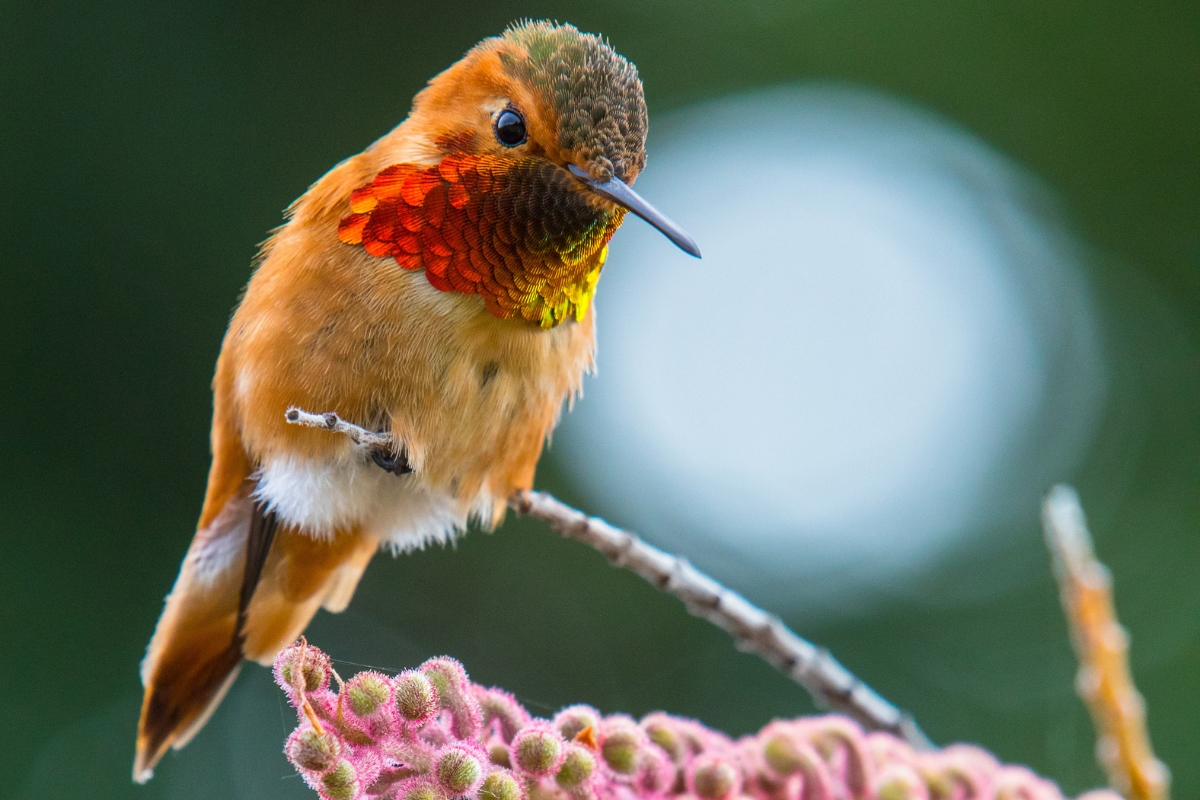
Matt Morrissette / iStock / Getty Images Plus
Allen’s Hummingbird: Males have reddish-orange throats and orange bellies. Females have metallic green backs and coppery flanks. They’re found along the Pacific Coast.
Black Rosy-finch: Found in high mountain areas of the western United States, this species displays blackish brown feathers, gray crowns, and rosy, pink wings and underbellies; their beaks are black when breeding, and yellow when not.
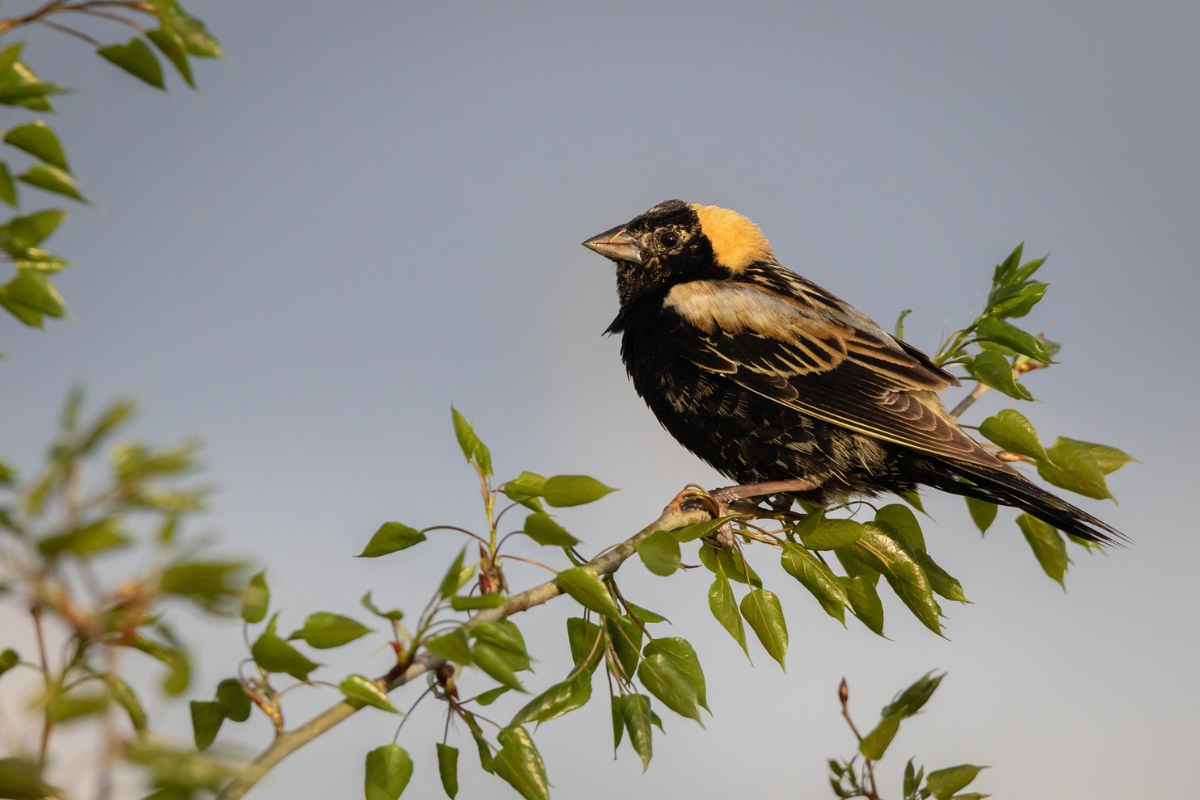
Wirestock / iStock / Getty Images Plus
Bobolink: Spend their summers east of the Rocky Mountains in short-grass prairies. Breeding males are black and white with one yellow patch on the back of their heads. Females are brown and white with all-yellow heads. They prefer grasslands, where they breed in the summer in the United States and Canada.

Nancy Strohm / iStock / Getty Images Plus
Chestnut-collared Longspur. Found in grasslands, breeding males show brown back feathers, black bellies, yellow throats, and rust-colored napes. But their outer feathers appear white during flight.
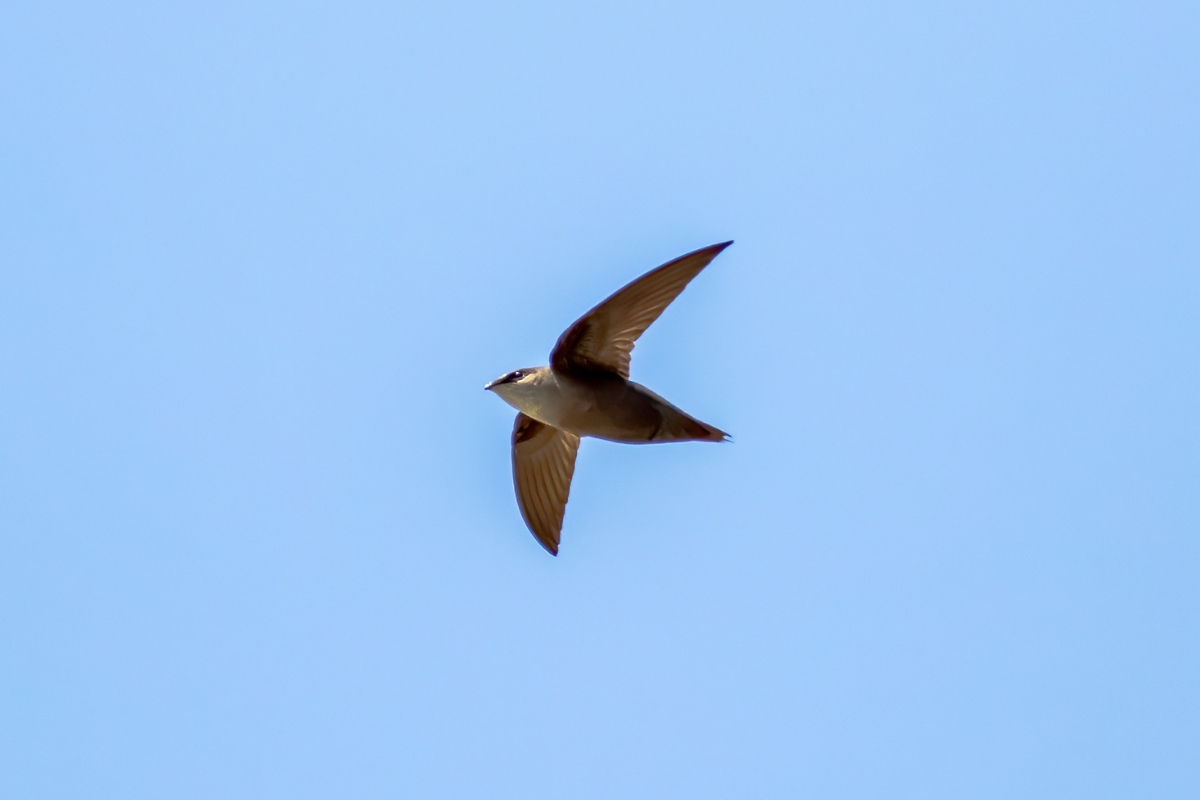
Matthew Jolley / iStock / Getty Images Plus
Chimney Swift. Marked by tiny bodies, curved wings, and stiff and shallow wingbeats, these gray birds are unique because they can’t perch; they shelter by clinging vertically to chimneys, cave walls, or the insides of hollow trees. Covered chimneys have contributed to their demise.
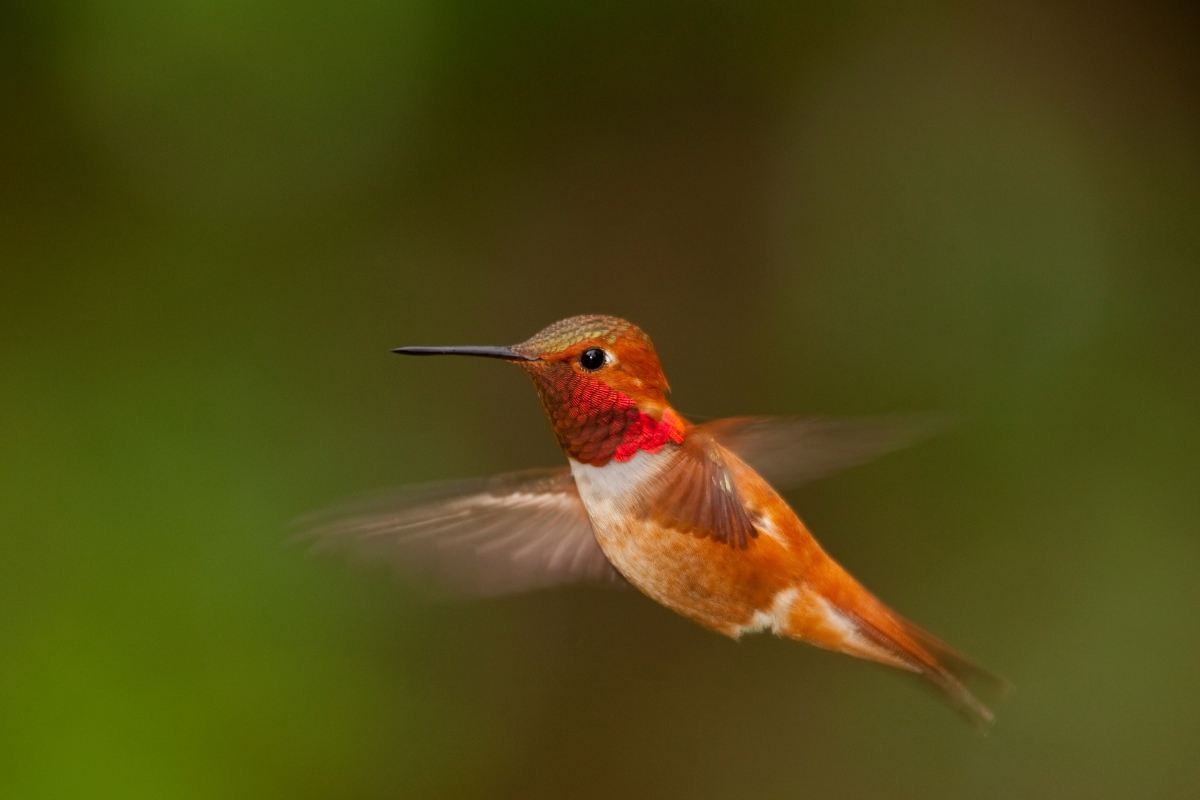
KeithSzafranski / iStock / Getty Images Plus
Rufous Hummingbird. The adult male has a white breast, rust-colored face, flanks and tail, and an iridescent orangish-red throat. The female is marked by green, white, and iridescent orange feathers at the throat.
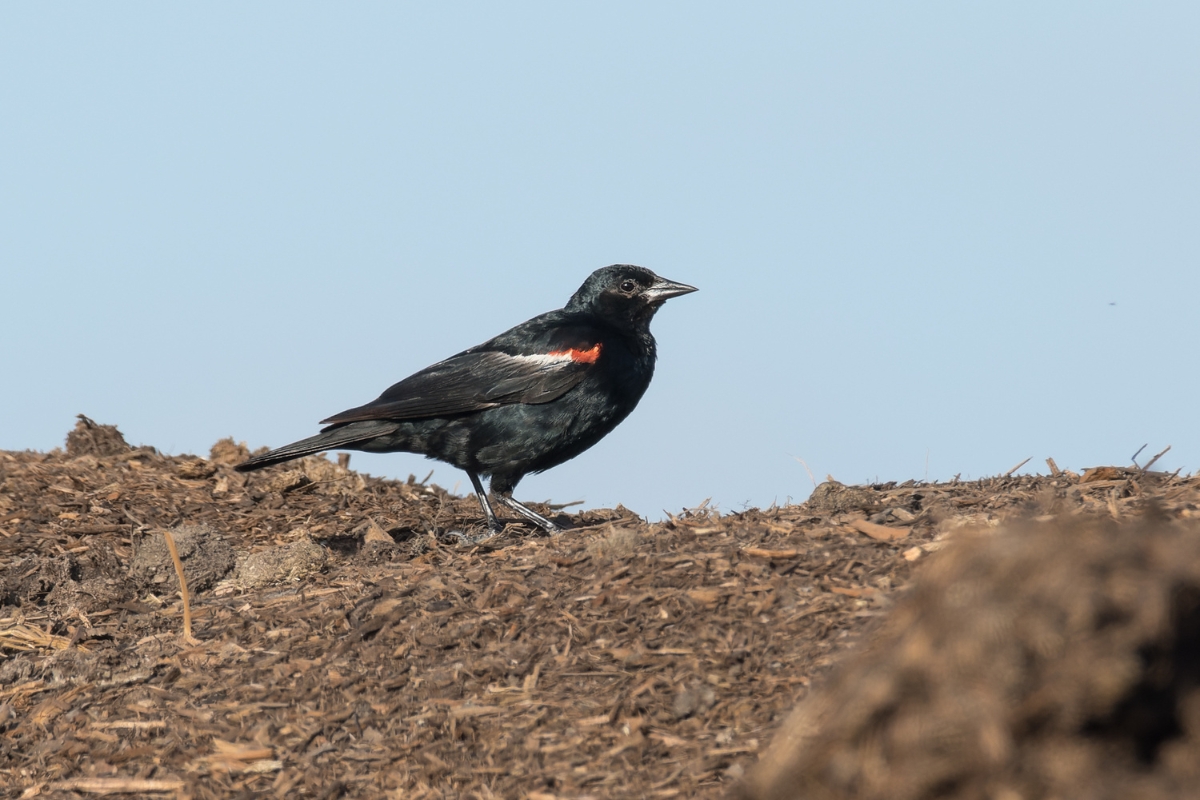
Wichyanan Limparungpatthanakij / iStock / Getty Images Plus
Tricolored Blackbird. Partial to wetlands, the noisy males are black with distinctive bright red shoulders underscored by white lines.
Yellow Rail. Also found mainly in wetlands, these birds marked by short tails, bills, and necks are yellow-billed and very quiet. Their call sounds like two stones clicked together.
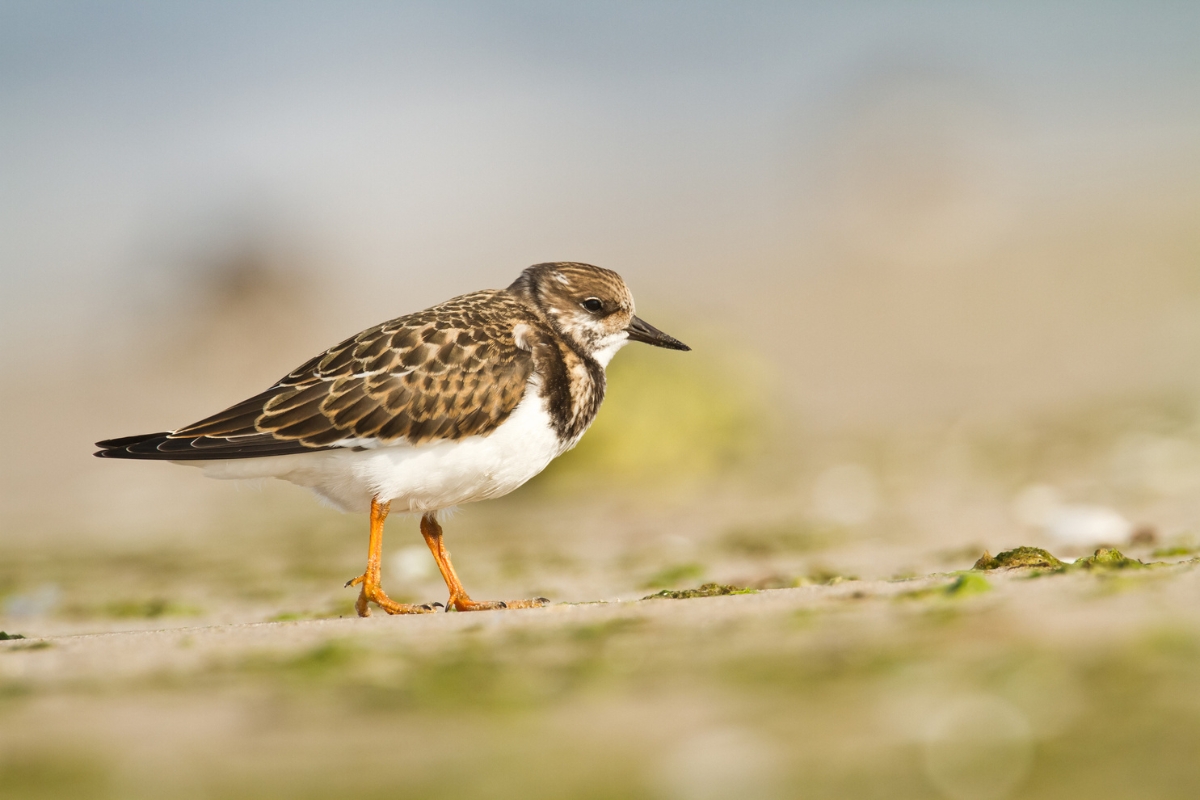
Nieudacza / iStock / Getty Images Plus
Ruddy Turnstone. Found along coastlines worldwide during the winter. Males maintain plumage marked by black-and-white harlequin patterns, offset by their bright orange legs.
Black-chinned Sparrow. With a preference for rocky regions in the American Southwest, these small, long-tailed birds are gray with pink bills and brown wings; the males also display black chins. Their call sounds like a bouncing ping-pong ball.
